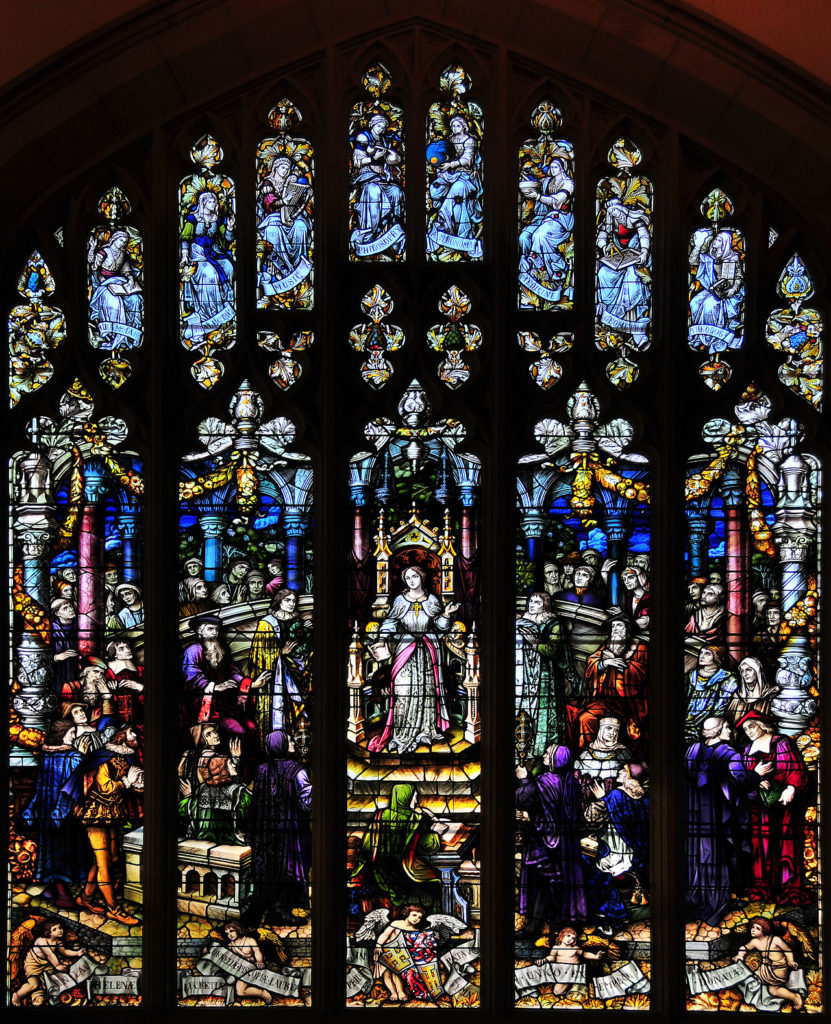
Last month, (on the 5th of June) Google celebrated Elena Cornaro Piscopia, the first woman known to have had a doctorate degree. It’s amazing to see this woman’s story highlighted, because she was a true trailblazer. But how did she manage it? Why did professors and senators gather to listen to her speak?
Aristocratic, despite illegitmacy, Cornaro Piscopia’s intelligence was indulged with tutoring from an early age. She learnt seven languages, played musical instruments and refused all her father’s attempts to find her a husband. By the age of 22, she was at the University of Padua. She was President of an academic society. At 23, in 1669, she published her own work, a translation of Lanspergius’ Colloquy of Christ.
It was 1678, however, before she received her degree. Her tutor put her forward for a Doctorate in Theology, but Cardinal Barbarigo, the Bishop of Padua, refused to allow a woman such prestigious — and religious — authority. Instead, she received a Doctorate in Philosophy, in Padua Cathedral, after giving an hour long speech in Latin to the packed audience. It sounds terrifying, but utterly glorious.
So how did all these men come to listen to a woman?
Well, Cornaro Piscopia was one of many. Despite their patriarchal rulership, Italy’s early universities saw an array of academic woman publishing, pushing and making history.
Bettisia Gozzadini is thought to be the first woman to teach at a university. She studied Philosophy and Law at Bologna. Legends say she wore a veil or dressed as a man to avoid attention from fellow students. She graduated in 1237 and taught from her home before taking up a chair around 1239. She was followed by Dorotea Bucca, who held a chair of medicine and philosophy and Novella d’Andrea, who taught law.
Over a century before Cornaro Piscopia’s degree, Cassandra Fedele was asked to speak to the Venetian Senate and the Doge about higher education for women. Fedele had attended her cousin’s graduation in Padua when she was 22. At the ceremony, she gave a Latin speech, praising the arts and science. The speech was published in Italy and Germany and even caught the attention of the Queen of Spain. In total, she published 126 works.
Following in Cornaro Piscopia’s footsteps, two more women got PhDs in Italy before the close of the 18th century: Laura Bassi in 1732 and Cristina Roccati in 1751. Both women went on to teach Physics.
Even outside of the university structure, woman fought hard to be published. Elisabetta Caminer Turra, founder of the Encyclopaedic Journal, combatted sexist censorship by setting up her own print shop.
Women in academia are not a recent phenomenon. Exceptions were always there. Clever, rich and lucky women — those with tutoring and contacts and money to live on — have been succeeding since the start. We are now breaking down the boundaries of patriarchy, but sexism has always intersected with issues of class and wealth. To follow in Cornaro Piscopia’s footsteps, we need to address the whole package.
-Sophie Small
Junior Girl
Girl Museum Inc.
